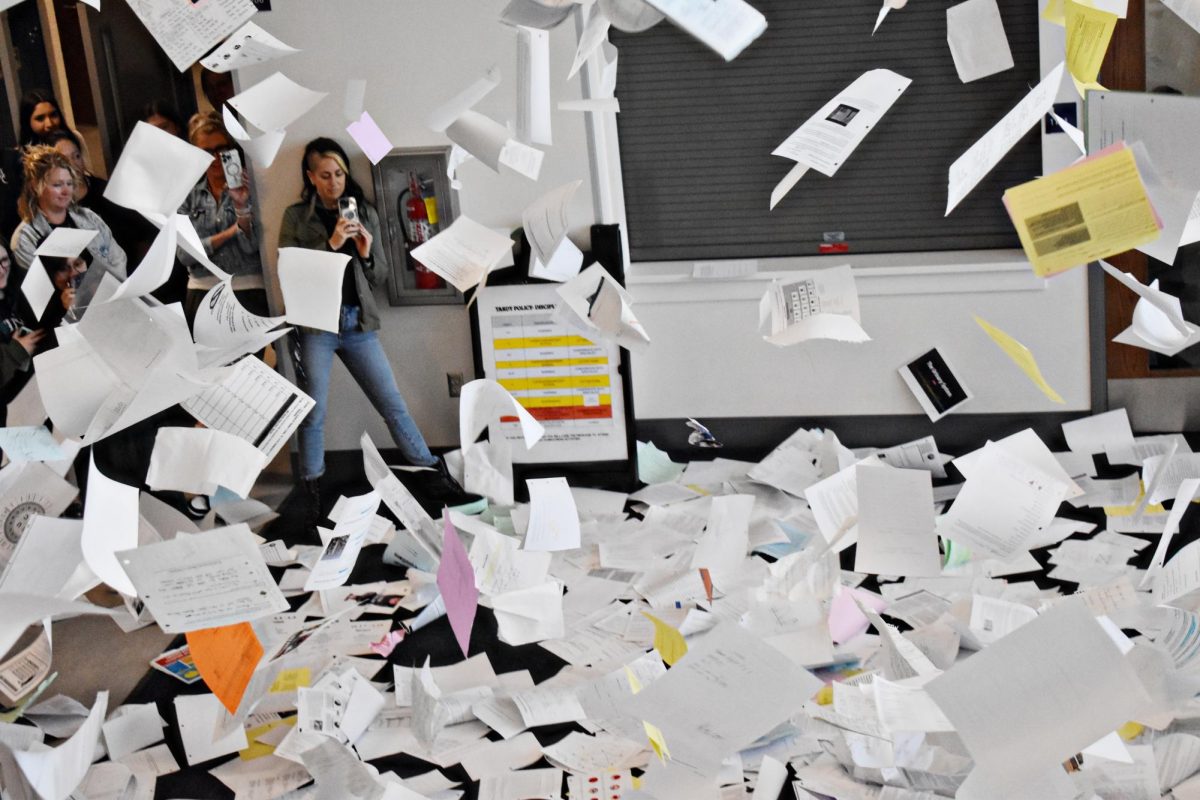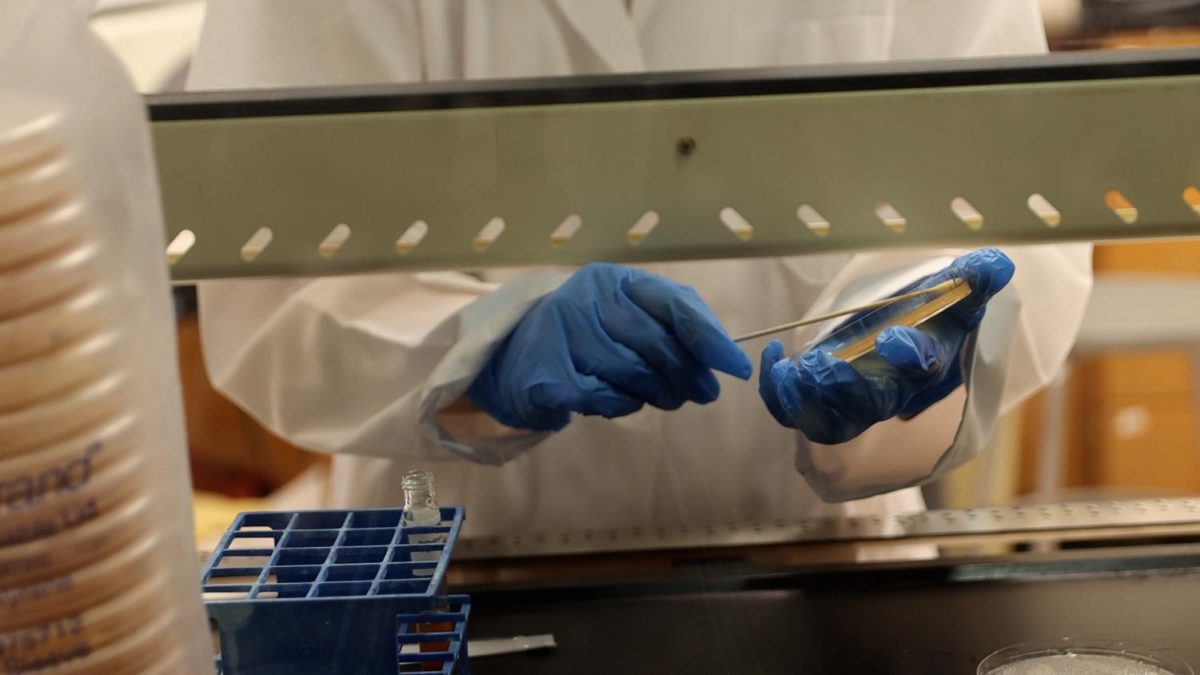
With overflowing trash cans and food left across the lunch tables of WHS, the question arises; does WHS waste significant amounts of food?
Because they never know exactly how many students they will be serving each day, the cafeteria staff has to try their best to keep the waste at a minimum while also having enough food for any student who wants to buy lunch.
“We try to keep it very close to the numbers,” said Mrs. Kelly Gnap, Food Service Director for the Wadsworth School District.
When they do have leftovers, they try to avoid just throwing them away or wasting them. We have really good refrigeration here, so if it is a menu item that is not as popular, we might refreeze it and then serve it again the next time it’s on the menu.”
Although students typically do not eat a full lunch, which consists of three food groups, the school must follow the USDA standards because they get reimbursements for full lunches.
“We see a lot more of the fruits and vegetables being tossed than the main entree items,” Gnap said.
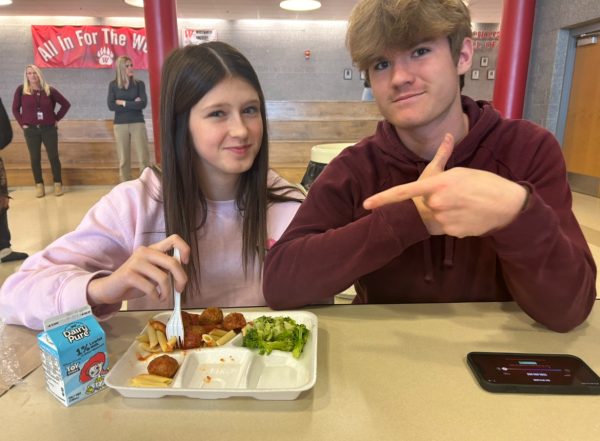
Gnap tries to order more packaged food so that the students can take the food home if they do not want to eat it during lunch, but students often still throw those away anyway.
“I know how much those things cost and if I am seeing them fed to the trash can it makes me sad because I know I could save that money or utilize it for something else, or even donate it,” Gnap said.
Additionally, the large amount of food waste that takes place can have negative impacts on the environment.
“One of the biggest concerns with wasted food in the United States is that it goes to landfills,” said Mr. Jason Jurey, Head of the Science Department and Advisor of the Environmental Club. “Once it goes to the landfill, at some point it is going to be buried and the amount of oxygen that is able to get to the food, to decompose it goes down. When there is no longer any oxygen, we switch to anaerobic respiration, which means that instead of making carbon dioxide as waste, we are going to make methane as waste. And methane is a much stronger greenhouse gas than carbon dioxide.”
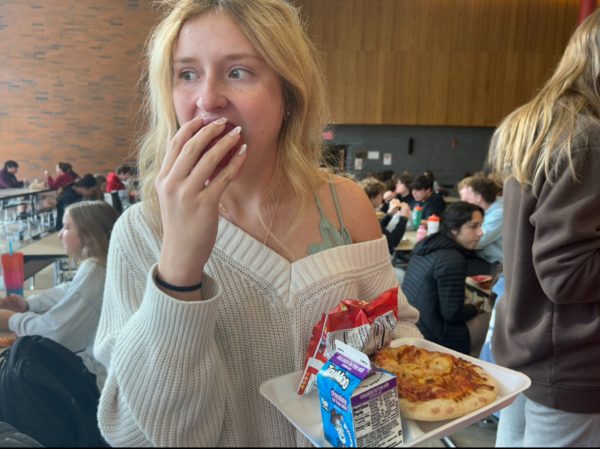
Composting is one solution that could be considered however it can be difficult to implement that in big school buildings.
“I think we have a problem with food waste, but to be fair, I think most places do,” Jurey said. “It’s pretty forward to have composting in big facilities like the high school just because it requires huge amounts of coordination and infrastructure.”
Though food waste can be detrimental to our environment, there are many different solutions to live a greener lifestyle. For example, Mr. Schoonover, an English teacher at WHS, got creative in his efforts to limit the amount of waste in his household.
“I have a worm farm in my basement that I feed all my food scraps to,” Schoonover said.
He puts worms into a bin filled with dirt and paper scraps along with food. The worms eat the scraps and climb up into the box above. This leaves healthy soil behind the Schoonover uses in his garden.
He also explained how some people create methane digesters, which a bags you fill with water and food waste, trapping methane gas, which allows you to grill without using propane tanks.
“You can basically use all your waste in order to generate all the cooking gas that you would need,” Schoonover said. “Normally that’s gas that would be released into the atmosphere.”
Though some food waste is inevitable, the WHS cafeteria tries its best to limit thrown-away food, by saving some to serve again later and having prepackaged items students can take home and eat later. Teachers at Wadsworth High also share their knowledge on going green and the different ways they limit food waste in their own lives.
This story was originally published on Bruin on November 13, 2023.

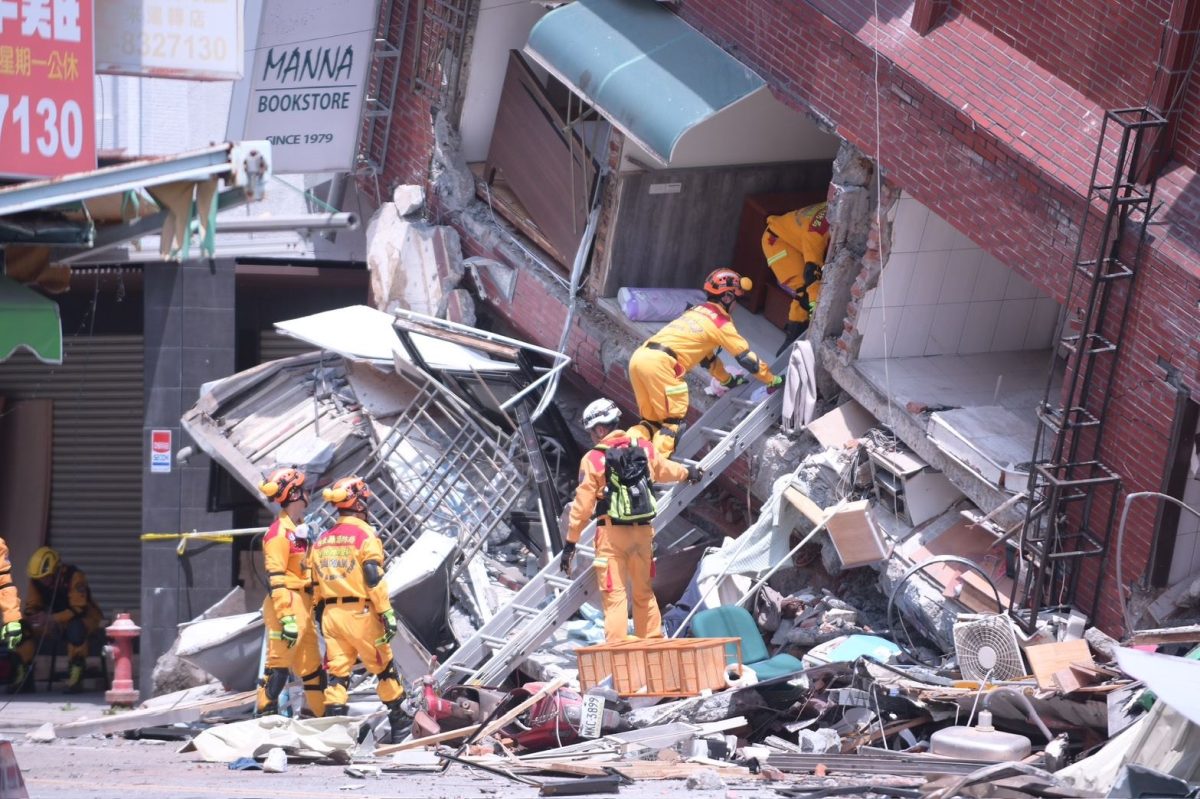
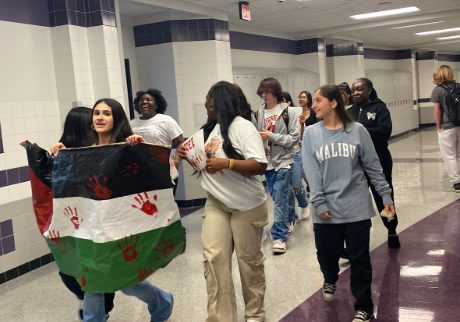


![With the AISD rank and GPA discrepancies, some students had significant changes to their stats. College and career counselor Camille Nix worked with students to appeal their college decisions if they got rejected from schools depending on their previous stats before getting updated. Students worked with Nix to update schools on their new stats in order to fully get their appropriate decisions. “Those who already were accepted [won’t be affected], but it could factor in if a student appeals their initial decision,” Principal Andy Baxa said.](https://bestofsno.com/wp-content/uploads/2024/05/53674616658_18d367e00f_o-1200x676.jpg)






![Junior Mia Milicevic practices her forehand at tennis practice with the WJ girls tennis team. “Sometimes I don’t like [tennis] because you’re alone but most of the time, I do like it for that reason because it really is just you out there. I do experience being part of a team at WJ but in tournaments and when I’m playing outside of school, I like that rush when I win a point because I did it all by myself, Milicevic said. (Courtesy Mia Milicevic)](https://bestofsno.com/wp-content/uploads/2024/06/c54807e1-6ab6-4b0b-9c65-bfa256bc7587.jpg)

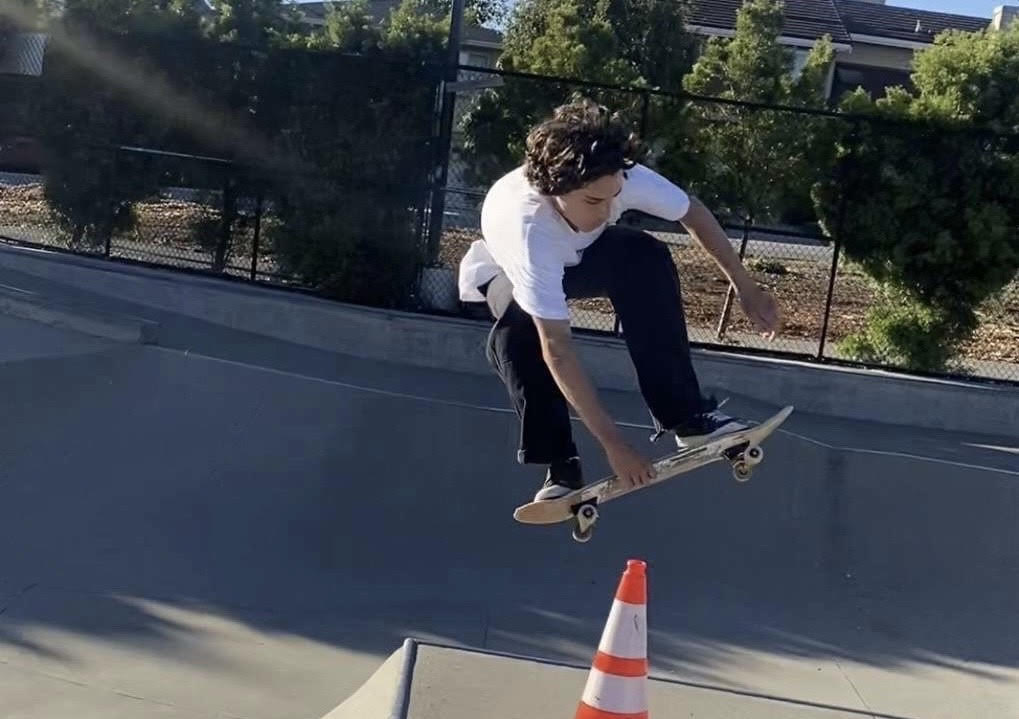



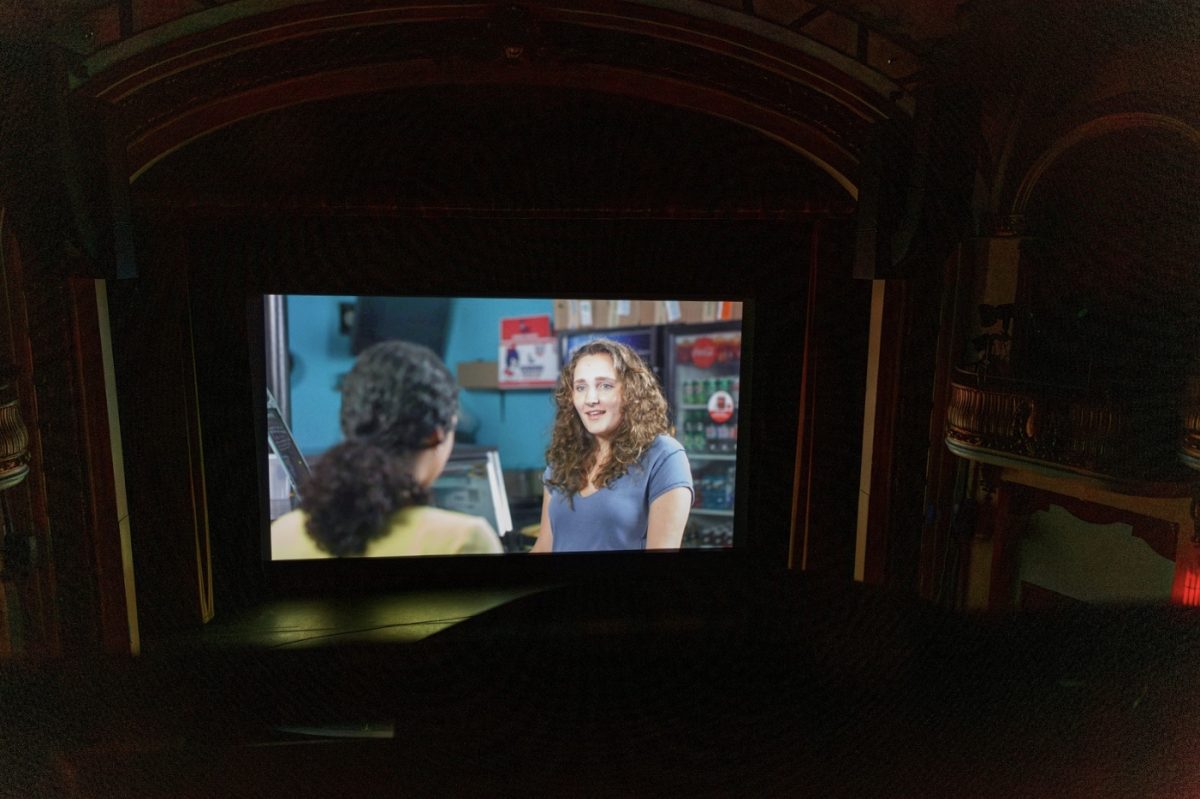

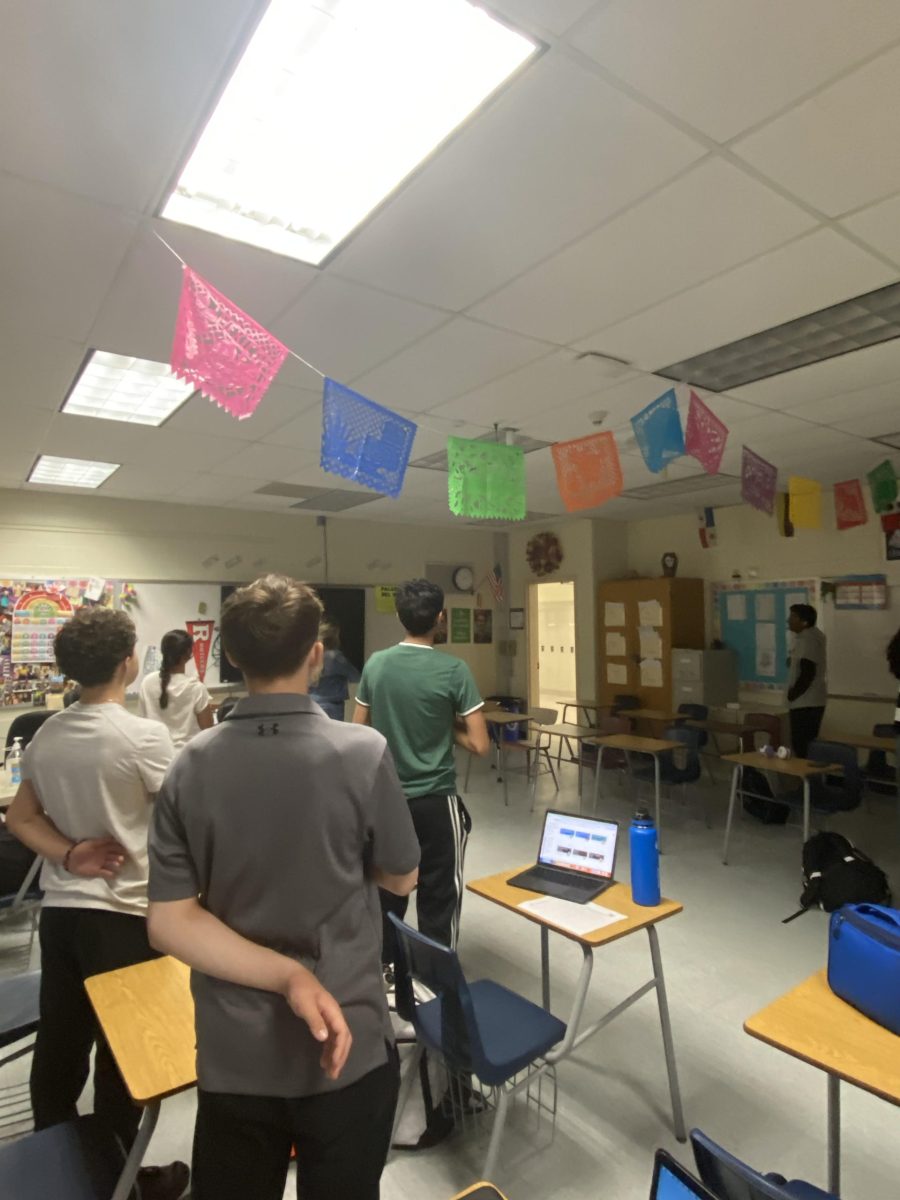
![The Jaguar student section sits down while the girls basketball team plays in the Great Eight game at the Denver Coliseum against Valor Christian High School Feb. 29. Many students who participated in the boys basketball student section prior to the girls basketball game left before half-time. I think it [the student section] plays a huge role because we actually had a decent crowd at a ranch game. I think that was the only time we had like a student section. And the energy was just awesome, varsity pointing and shooting guard Brooke Harding ‘25 said. I dont expect much from them [the Golden Boys] at all. But the fact that they left at the Elite Eight game when they were already there is honestly mind blowing to me.](https://bestofsno.com/wp-content/uploads/2024/05/IMG_7517-e1716250578550-900x1200.jpeg)






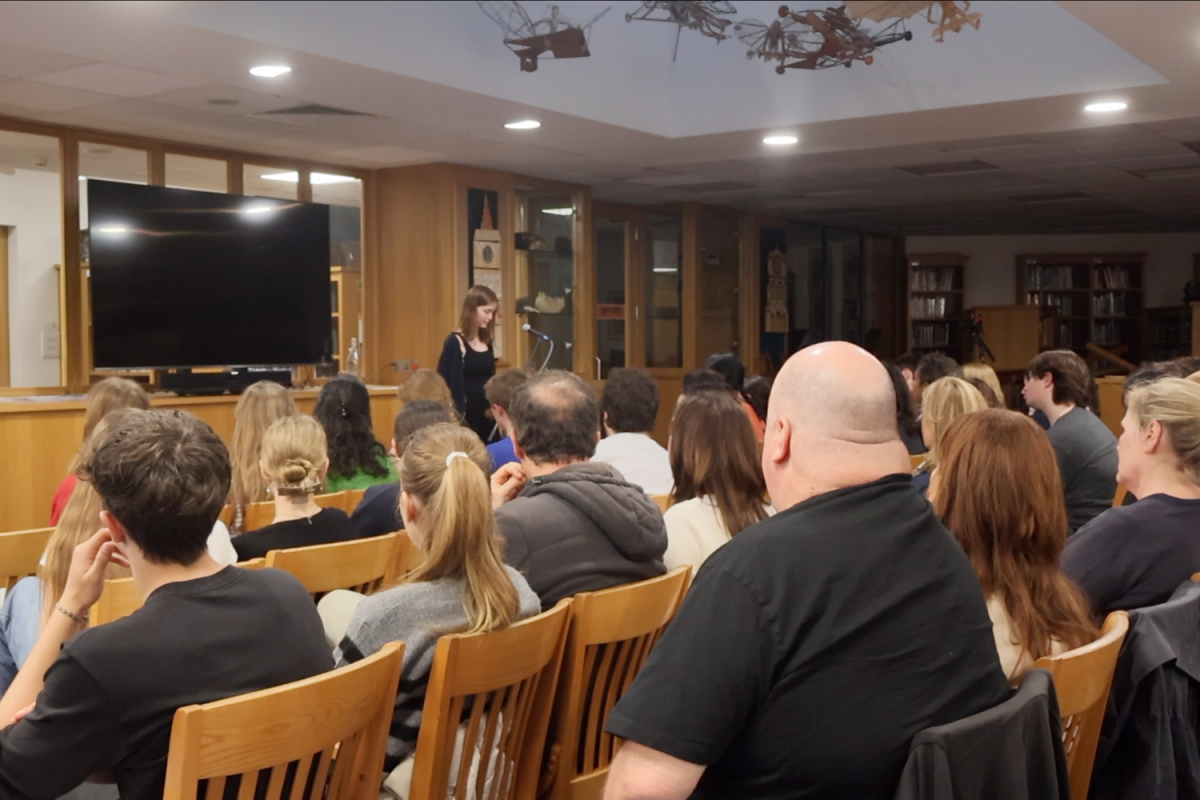


![BACKGROUND IN THE BUSINESS: Dressed by junior designer Kaitlyn Gerrie, senior Chamila Muñoz took to the “Dreamland” runway this past weekend. While it was her first time participating in the McCallum fashion show, Muñoz isn’t new to the modeling world.
I modeled here and there when I was a lot younger, maybe five or six [years old] for some jewelry brands and small businesses, but not much in recent years,” Muñoz said.
Muñoz had hoped to participate in last year’s show but couldn’t due to scheduling conflicts. For her senior year, though, she couldn’t let the opportunity pass her by.
“It’s [modeling] something I haven’t done in a while so I was excited to step out of my comfort zone in a way,” Muñoz said. “I always love trying new things and being able to show off designs of my schoolmates is such an honor.”
The preparation process for the show was hectic, leaving the final reveal of Gerrie’s design until days before the show, but the moment Muñoz tried on the outfit, all the stress for both designer and model melted away.
“I didn’t get to try on my outfit until the day before, but the look on Kaitlyn’s face when she saw what she had worked so hard to make actually on a model was just so special,” Muñoz said. “I know it meant so much to her. But then she handed me a blindfold and told me I’d be walking with it on, so that was pretty wild.”
Caption by Francie Wilhelm.](https://bestofsno.com/wp-content/uploads/2024/05/53535098892_130167352f_o-1200x800.jpg)

